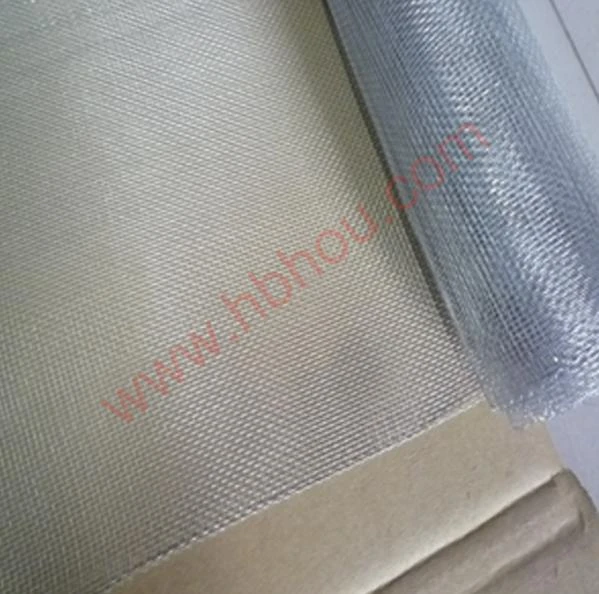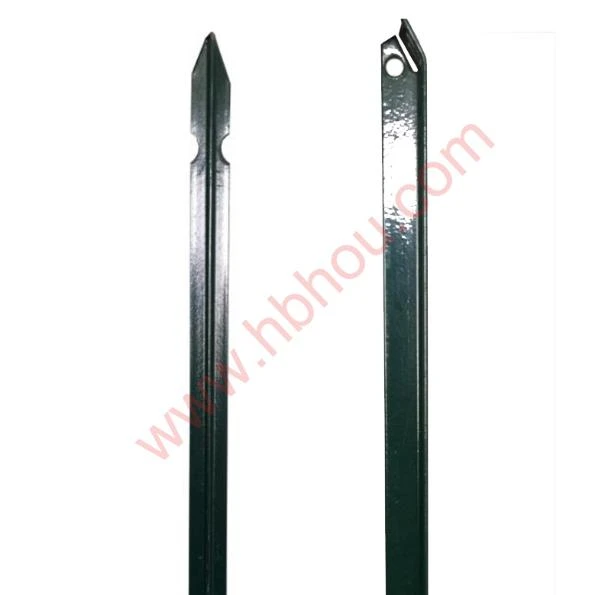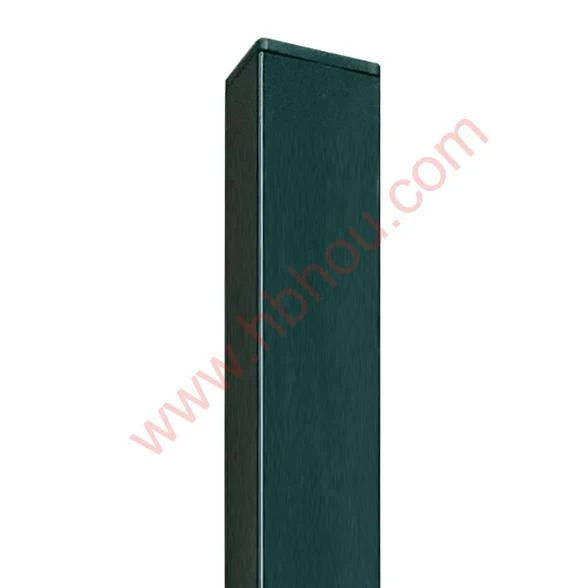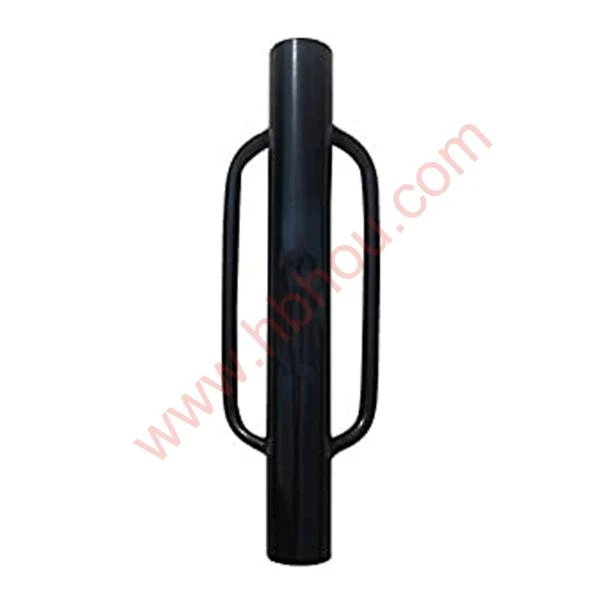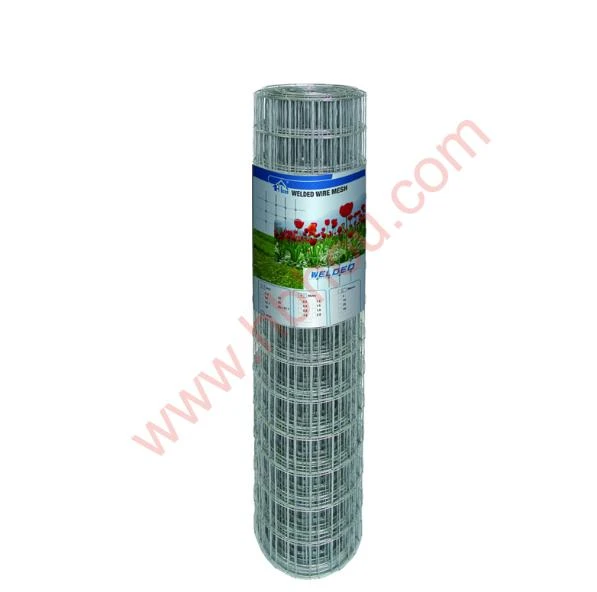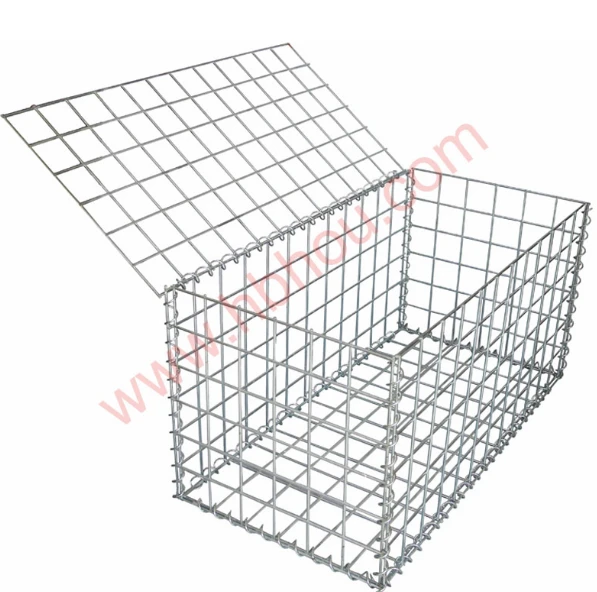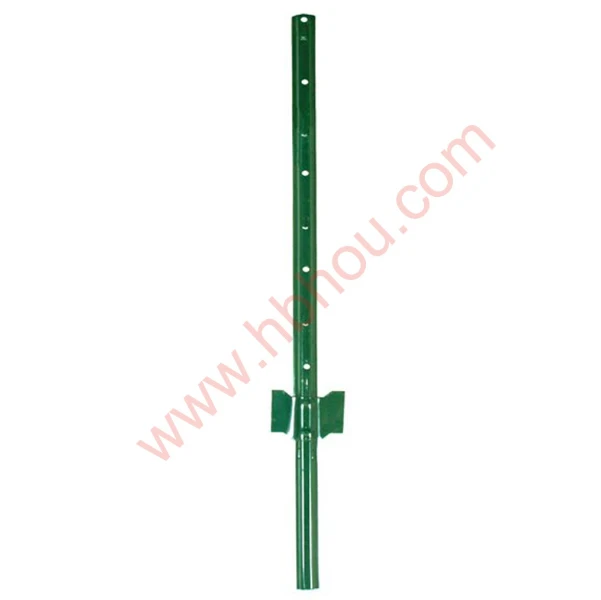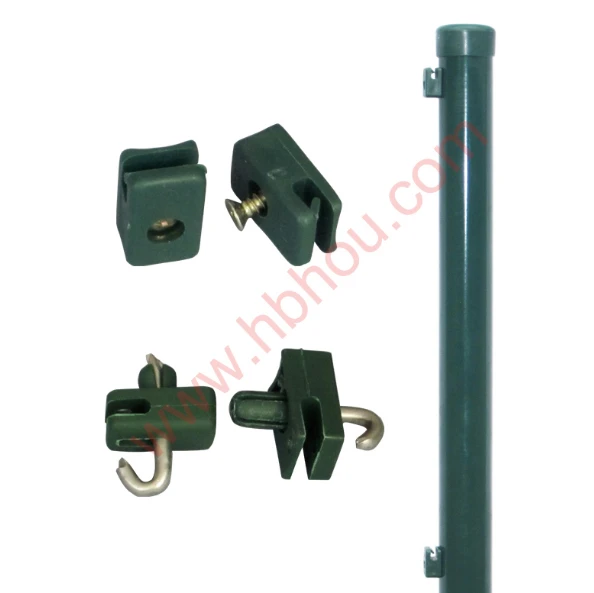The Importance of Plant Supports and Stakes in Gardening
Gardening is an art that requires not only creativity but also knowledge of various techniques that promote healthy plant growth. One such technique that often goes unnoticed is the use of plant supports and stakes. These tools play a crucial role in maintaining the structural integrity of plants, ensuring they flourish in their environment. In this article, we’ll explore the significance of these supports, the different types available, and best practices for their use.
Why Use Plant Supports and Stakes?
Plants are susceptible to a myriad of challenges as they grow. Wind, rain, and the weight of their own foliage can cause them to bend or break. For taller plants or those with delicate stems, stakes are essential for providing the necessary support. Without assistance, these plants risk falling over, which can lead to damaged roots and, ultimately, death.
Furthermore, plant supports help to create an organized garden space. By supporting plants, gardeners can minimize overcrowding and allow for better air circulation. This is particularly important for flowers and vegetables that benefit from increased sunlight and less moisture, thus reducing the risk of disease. In the case of climbing plants, supports such as trellises can help them access the sunlight they crave while also adding vertical interest to the garden design.
Types of Plant Supports
1. Stakes These are the simplest form of plant support. They come in various materials including wood, metal, and plastic. For instance, bamboo stakes are popular due to their strength and natural aesthetic. When using stakes, it’s crucial to insert them deep enough into the soil to provide stability without damaging the roots.
2. Trellises Ideal for climbing plants like peas, beans, and various flowers, trellises offer a grid-like structure that allows plants to grow upward. They are often made from wood, metal, or plastic and can be free-standing or attached to walls. Trellising not only promotes healthy plant growth but also makes harvesting easier.
3. Cages Tomato cages are a common example of plant cages. These circular supports help keep the plants upright and protected from pests. They offer excellent support for heavy fruit-bearing plants, minimizing the risk of breakage.
4. Frameworks Larger plants like sunflowers or hollyhocks can benefit from a framework of stakes connected by string. This method is particularly useful for multi-stemmed plants that need extra support as they grow taller.
plant supports and stakes

5. Wire Supports For lighter plants, wire supports can be customized to fit various shapes and sizes. These delicate supports can be placed around plants to gently guide them as they grow.
Best Practices for Using Plant Supports
1. Assess Plant Needs Different plants have varying support needs. Heavy, fruit-bearing plants might require robust supports, while lighter annuals may only need a simple stake.
2. Install Early It’s best to install supports when planting or when plants are young to avoid damaging the roots later. Young plants will grow accustomed to the support, minimizing stress.
3. Check Regularly As plants grow, check the supports to ensure they are still functioning effectively. Adjustments may be needed to accommodate growth spurts.
4. Consider Aesthetics While functionality is key, the visual appeal of supports should not be overlooked. Choose supports that complement the garden design and enhance its overall beauty.
5. Use Soft Ties When tying plants to stakes or supports, use soft, flexible materials like garden twine or specialty plant ties. This allows the plant to move slightly in the wind, reducing the risk of damage to stems.
Conclusion
Plant supports and stakes are invaluable tools in any gardener’s arsenal. They provide essential stability for plants, promote healthy growth, and enhance the aesthetic quality of the garden. By understanding the different types of supports available and following best practices for their use, gardeners can create thriving, beautiful spaces that highlight the resilience and elegance of plants. Whether you are a novice gardener or a seasoned horticulturist, incorporating these supports into your gardening routine will undoubtedly yield positive results.









